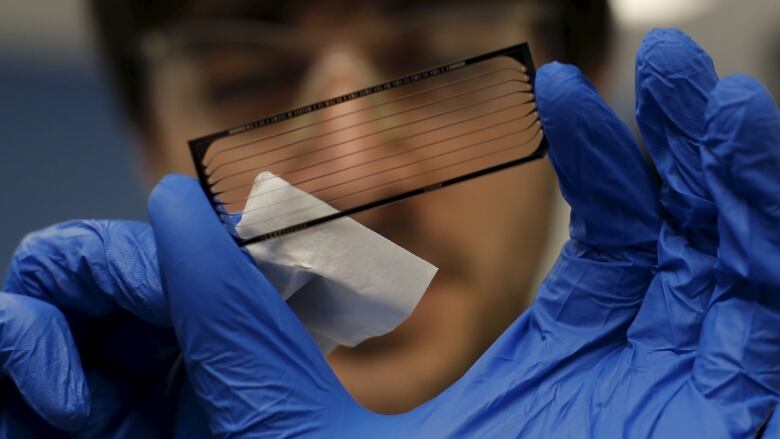Gene editing tool may raise cancer risk in cells, scientists warn
CRISPR-Cas9 gene editing technology may inadvertently increase cancer risk in cells, researchers said Monday

A gene-editing technology that is being explored by scientists worldwide as a way of removing and replacing gene defects might inadvertently increase cancer risk in cells, scientists warned on Monday.
Researchers from the Britain's Cambridge University and Sweden's Karolinska Institute said more research needs to be done to assess whether using CRISPR-Cas9a type of molecular "scissors" that make gene editing a possibility might lead to the development of treatments that have added cancer risk.
The team, led by Jussi Taipale at Cambridge, found that CRISPR-Cas9 triggers a mechanism designed to protect cells from DNA damage, making gene editing more difficult.
Protective mechanism missing in some cells
Cells thatlack this mechanism are easier to edit than normal cells, and this can lead to a situation where genome-edited cell populations have higher numbers of cells in which the key mechanism protecting against DNA damage is missing.
Taipale's team conducted their research with retinal cells.
In research published in the journal Nature Medicine, the scientists warned that the absence of the protective mechanism in cells makes them more likely to become tumorous, since DNA damage can no longer be corrected.
"Although we don't yet understand the mechanisms we believe that researchers need to be aware of the potential risks when developing new treatments," Taipale said in a statement as the work was published.
"This is why we decided to publish our findings as soon as we discovered that cells edited with CRISPR-Cas9 can go on to become cancerous."
Almost any treatment that has the power to do good, has the power to do harm, and this finding should be considered in this broader context,- Darren Griffin, Kent University genetics expert
A second team at the Novartis Research Institute in Boston in the United States has found similar results, which were also published on Monday in the same journal.
This group did their experiments usingpluripotent stem cells, the kind derived from human embryos or fetal tissue.
'Cautionnot necessarily alarm'
Darren Griffin, a genetics expert at Kent University who was not involved in either study, said the findings give "reason for caution, but not necessarily alarm."
"Almost any treatment that has the power to do good, has the power to do harm, and this finding should be considered in this broader context," he said in an emailed comment.
"As we learn more about the CRISPR-Cas9 system and how it can be used, this study will inevitably be considered a significant finding."
Taipale also said he did not want to sound "alarmist" and stressed that his team was not saying CRISPR-Cas9 is bad or dangerous. "This is clearly going to be a major tool for use in medicine," he said.
He added that once scientists better understand how the response is triggered by CRISPR it may be possible to find ways of overcoming the problem.
With files from CBC News.












_(720p).jpg)


 OFFICIAL HD MUSIC VIDEO.jpg)
.jpg)



























































































